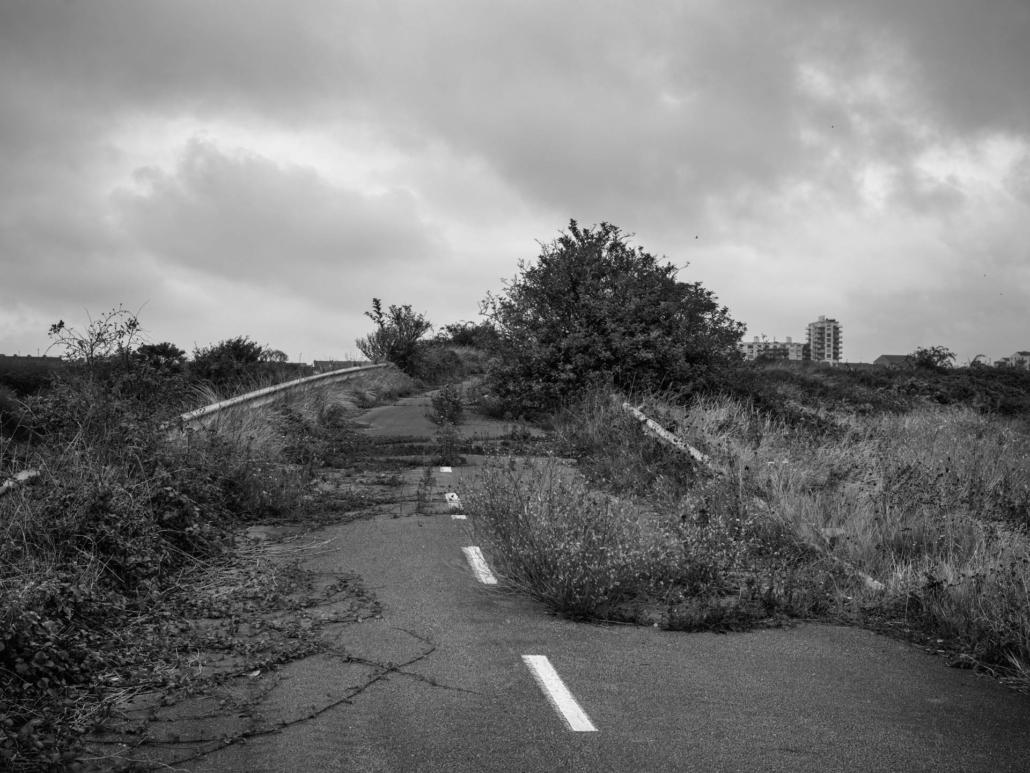Pierre FAURE
This post is also available in:
 French
French
The rise of poverty in France, a photographic documentary.
I’m a qualified economist and have followed the rise of poverty in France since 2011.
The title “Peripheral France” is borrowed from the work of the same name by the geographer Christophe Guilluy which investigates the relevance of political, social and cultural issues in contemporary France as a function of different parts of the country. It studies the emergence of a “Peripheral France” which extends from the poorest outlying suburbs of the big cities to the countryside, passing through small and medium-sized towns. He notes that 60% of the population – and three quarters of the new working classes – live in this “Peripheral France”, far away from the globally-connected cities.
According to a National Statistics Office (INSEE) study in 2016, there were 8.8 million poor people living in France, and 2.3 million individuals living with a maximum of 672 euros per month. Ironically for one of the world’s major agricultural producers, almost two million people depended on food aid in 2015. (Source: Observatoire des inégalités / The Observatory of inequalities).
I am interested in the fundamental changes which modify French society in the long term. Poverty actually receded after the 1970s and this was the case until the 1990s. It then stayed fairly stable before starting to rise after 2000. Since 2004, the number of poor increased by 30%, or 1.2 million people in absolute terms. This rise represents a turning point in the social history of our country. The least well-off have been the greatest casualties of the economic decline observed since 2008, according to the Observatory of inequalities. The aim here is to put together a photographic documentary recording the structural rise of poverty in France.
Without the statistics, the phenomenon is not so visible. Why so? The analysis by Pierre Bourdieu and Michel Legros can help. The former suggests that social invisibility is the result of domination, and that society is split into the dominated and those who dominate. In broader terms, invisibility covers all the people who the dominators judge not to have a normal and successful life.
According to Michel Legros (from the OPNES, Observatory of Poverty and Social Exclusion), invisibility may be a means of regulating poverty. It involves hiding the poor. Urbanisation policies aim to “clean up” public spaces, so that the poor don’t upset the rest of the population by a appearing to be too numerous. Urban renovation has led to the poor being pushed ever further to the periphery, and the policy of social diversity actually results in a more-or-less direct and negotiated expulsion of the social categories that are no longer desirable in the renovated areas (ONPES).
The French judge their poor increasingly severely. According to a CREDOC survey (1) in December 2013 and January 2014, covering 2000 people and published on September 12, 2014, 37% of people in France consider that poor people make no effort to get out of poverty, whereas at the time of the financial crisis in 2009, only 25% answered in this way.
I want this documentary to serve to highlight the living conditions of some of our fellow citizens. I want to replace the statistics with real faces in order to heighten awareness and understanding throughout society as whole.
Pierre Faure

 FAURE Pierre
FAURE Pierre
